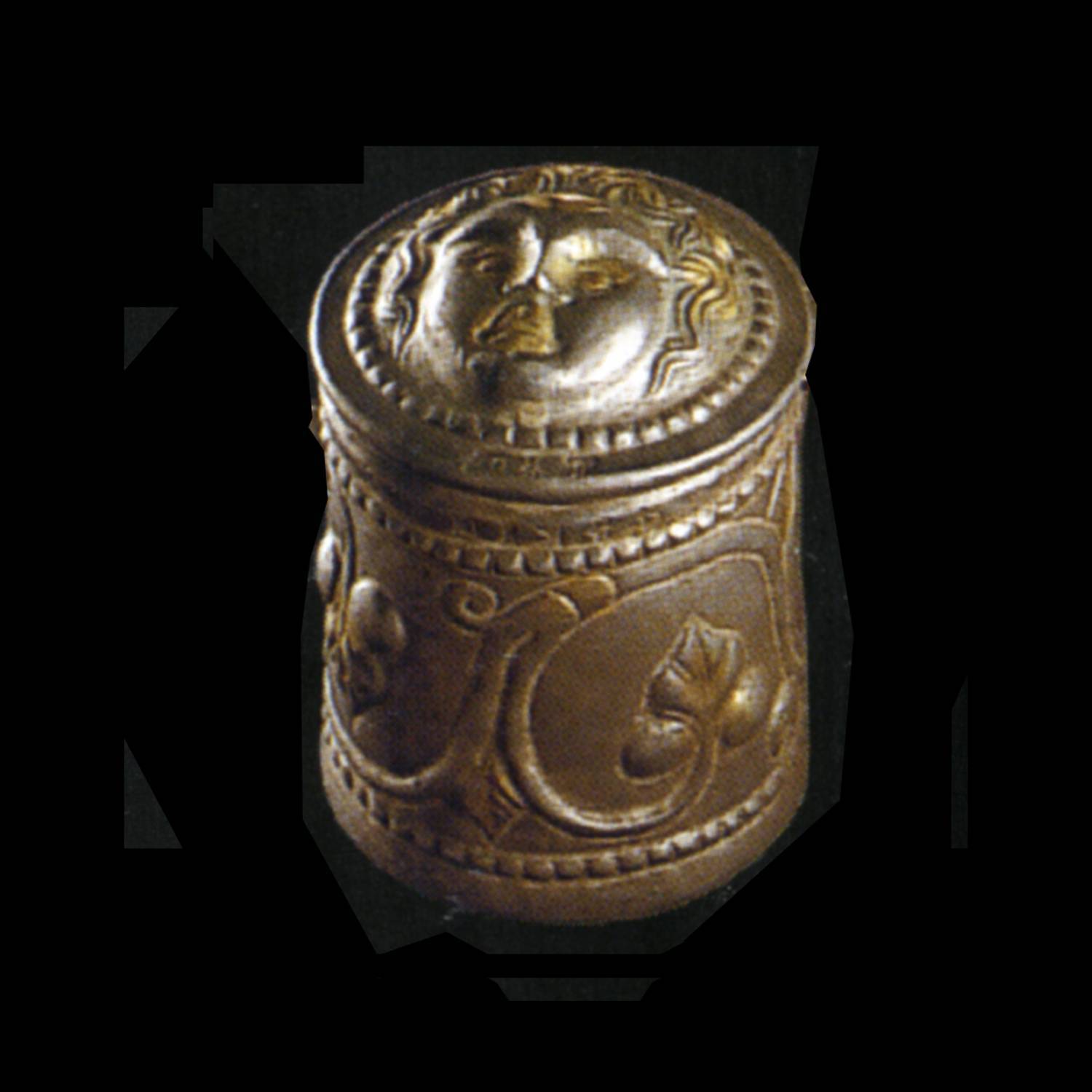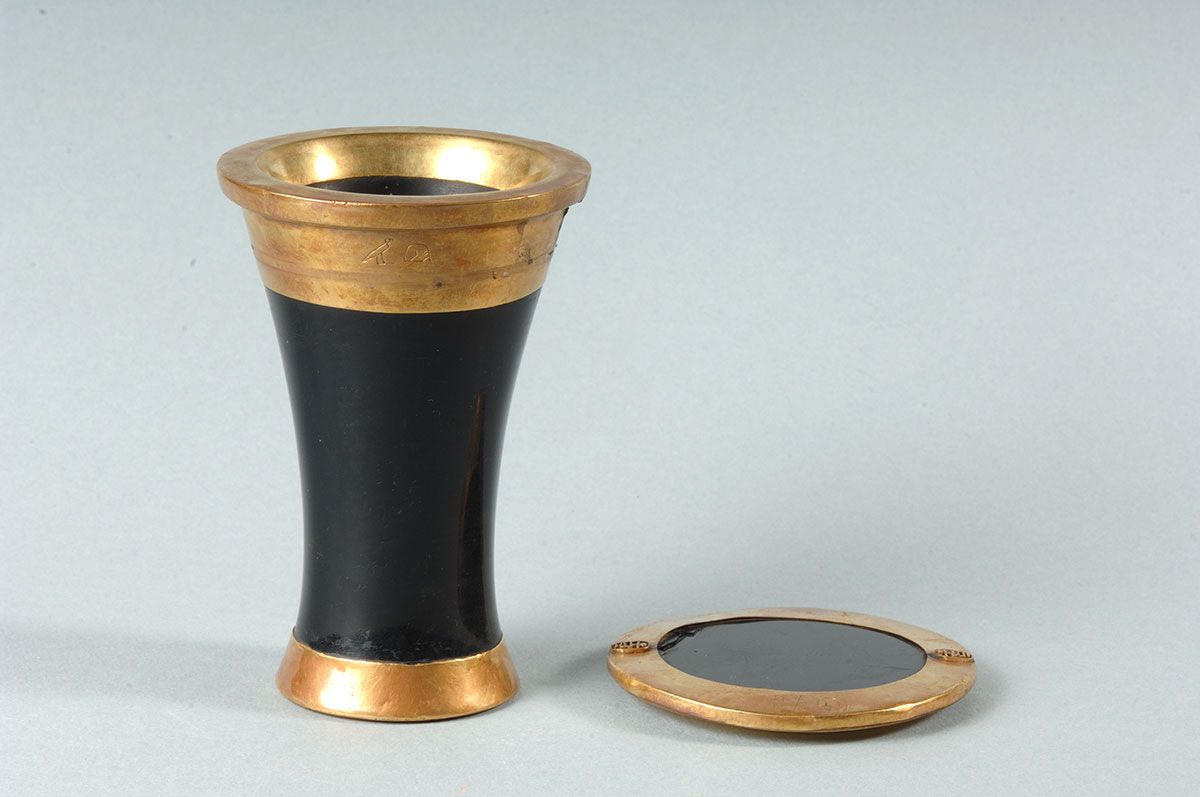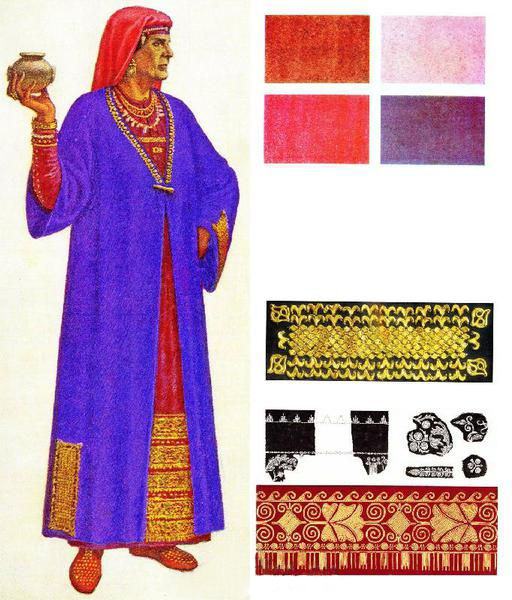Vitale Bârcă, Notes on the metal pyxides recently discovered in the Sarmatian environment south the Lower Mureş River, 2017
https://www.researchgate.net
Vitale Bârcă, Lavinia Grumeza; Clothes Make the Woman: The Beads Fashion in the Sarmatian Cemetery from Hunedoara Timișană, 2022
https://www.researchgate.net
Great Hungarian Plain, Romania, graves 3 and 7 from the cemetery at Hunedoara Timişană, Şagu commune, Arad county
“The pyxides from G 3 at Hunedoara Timişană, together with the rest of the grave goods, but also with those of the surrounding graves, support a dating most likely to the second-third/mid-third quarter of the 3rd century AD. The specimen in G 7 was interpreted as having been used as a rattle (Pyxidenklapper), thus rather fulfilling the function of a pendant, the grave dating sometime to the chronological interval between the end of the 2nd – 3rd quarter of the 3rd century AD.[…]
Based on their manufacture, together with their decoration and its execution, the author concludes that the bronze pyxides from G 3 at Hunedoara Timişană likely are artifacts made by a Roman artisan, possibly travelling, active in the area of economic interaction near the Roman limes.” [Vitale Bârcă, 2017]
Grave G-3 – a woman aged 17-25 years; two bronze pyxides
G-7 – a child age 4-5 years
“The first pyxis in G 3 is a bronze cylinder-shaped specimen provided with a lid […] It is made of three parts. The body proper is made of a strip of bronze sheeting whose ends are attached by soldering. The body surface is decorated with geometric motifs in relief made by dotting. The base is round and attached to the body by soldering, while the lid, also made of bronze sheet, is detachable. The latter was attached to the pyxis body by a bronze wire link with overlapping, twisted ends. Another link, which has not survived, was attached midway to the pyxis body as evidenced by the two attachment orifices. The body piece is 5.6 cm long, the base diameter being 5 cm and the lid diameter, 5.3 cm; the bronze sheet is 1 mm thick (Fig. 3/3; 4/2; 9/2-3). The pyxis contained a sulphur [sulfur] nugget. The link placed midway down the body would suggest that it was worn, most likely hung from the belt/braid of the dead. This would be further confirmed by the position in which it was found.
A specimen identical with the above comes from the richly furnished Sarmatian grave 121 at Kiskundorozsma-Subasa” [Vitale Bârcă, 2017]
“The second bronze sheet pyxis in G 3 lay beside the first. It was smaller and consisted of three parts: the body proper, made of a thin bronze sheet strip; the circular base attached very securely to the body and decorated by dotting; and finally the detachable lid with a central projection. The pyxis had attached to its cylinder body an attachment link made of bronze wire with twisted ends. It was 4.2 cm long, having a diameter of 2.71 cm; and was made of a sheet less than 1 mm in thickness (Fig. 3/4; 4/1; 9/2-3). Traces of white pigments were discovered inside the pyxis.” [Vitale Bârcă, 2017]
“The iron sheet piece found in G 7 is smaller (height – 2.7 cm, diameter – 3.3 cm) than the second specimen in G 3. It was made of three parts: the body made of iron sheet and two circular ends or lids (one of which did not survive) made of the same metal, whose edges were crimped and seem to have been soldered (at least in the case of the surviving side) over the edges of the cylinder body. The body and surviving side exhibit an orifice where the attachment link was inserted. Inside were preserved small remains of a solid substance/material, which, however, could not be identified” [Vitale Bârcă, 2017]

After V. Barca
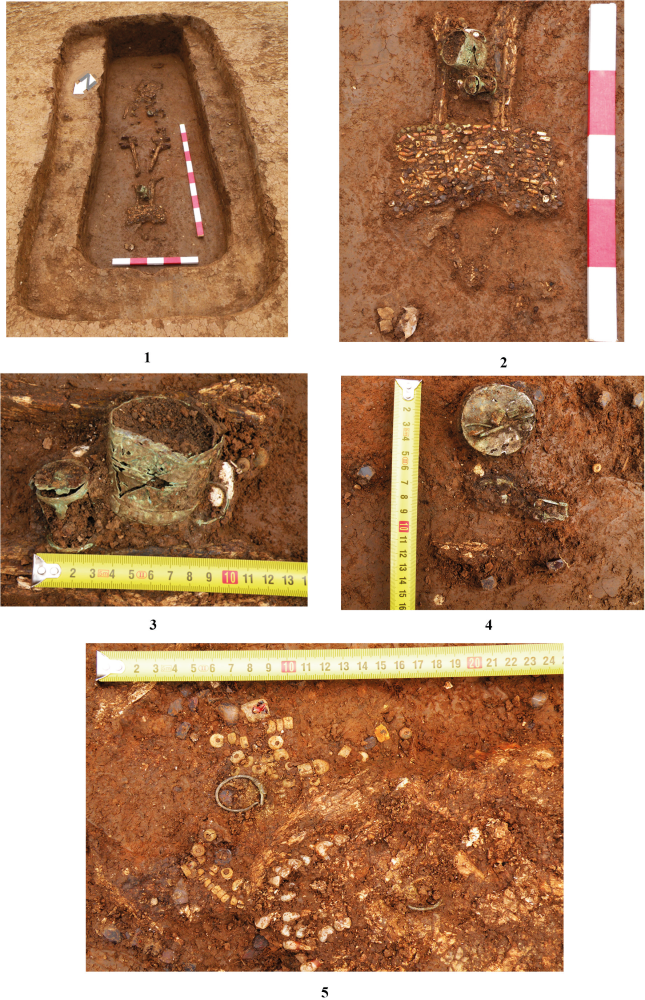
After V. Barca

After V. Barca

After V. Barca

After Barca, Grumeza
Bőr Gabriella, Pixisek a Kárpát-medencei szarmata Barbaricumban http://acta.bibl.u-szeged.hu
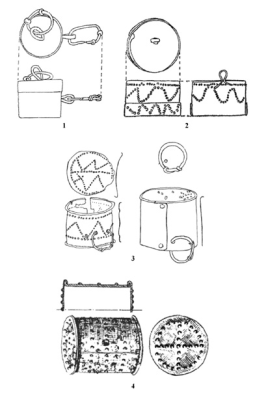
1.: Pădureni/Sepsibesenyő 34. sírjának bronzpixise (BicHir 1973, Fig. 16);
2.: Pădureni/Sepsibesenyő 79. sírjának bronzpixise (BicHir 1973, Fig. 16);
3.: Vojlovica–Pančevo 24. sír bronzpixisei és függesztőkarikái (Batistić-PoPadić 1985, 74);
4.: Vršac lelőhely 6. sírjának bronzpixise (BaračKi 1963, 125)



